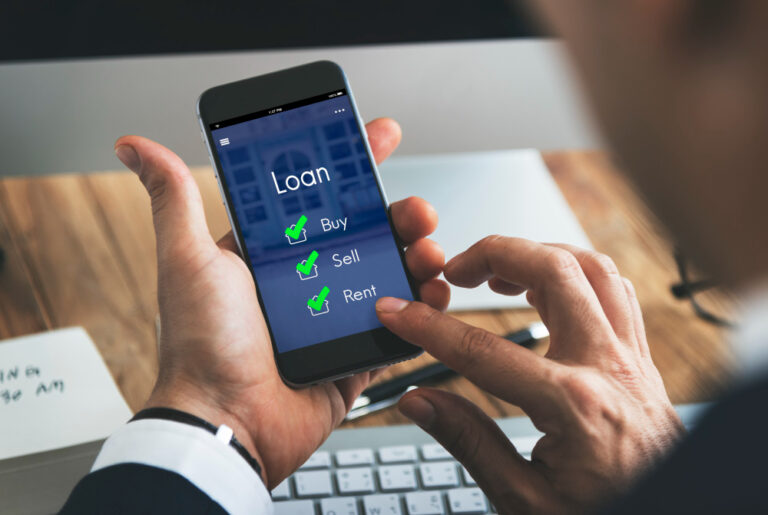In the ever-evolving landscape of education, effective learning design plays a pivotal role in shaping the experiences of students and ensuring meaningful knowledge transfer. Whether in traditional classrooms or virtual learning environments, educators and instructional designers are continually striving to create impactful learning experiences. To achieve this, they focus on four key qualities that define good learning design: Visit web design dubai
1. Engagement and Interactivity
Engagement is the cornerstone of effective learning. Good learning design captivates learners’ attention and maintains their interest throughout the learning journey. It encourages active participation and interaction with the content. This can be achieved through the integration of multimedia elements, gamification, quizzes, discussions, and real-world scenarios. By fostering engagement, learners are more likely to retain information and apply it in practical situations.
Interactive Content
Creating interactive content involves employing various multimedia elements like videos, simulations, and interactive quizzes. These elements not only enhance engagement but also cater to diverse learning styles.
2. Accessibility and Inclusivity
A critical aspect of good learning design is ensuring that education is accessible to all. It involves creating content and platforms that are inclusive of individuals with diverse needs and abilities. This includes providing alternative formats for content, ensuring compatibility with screen readers, and designing user-friendly interfaces. Inclusivity in learning design ensures that no learner is left behind.
Universal Design for Learning (UDL)
The principles of Universal Design for Learning emphasize the need for flexibility in content presentation, engagement, and expression, allowing learners to choose the format that suits them best.
3. Alignment with Learning Objectives
Every learning experience should have clear and measurable objectives. Good learning design aligns instructional materials, activities, and assessments with these objectives. This alignment ensures that learners acquire the intended knowledge and skills. It also enables educators to evaluate the effectiveness of the learning experience.
Bloom’s Taxonomy
Bloom’s Taxonomy provides a framework for designing learning activities that cater to different levels of cognitive processing, from remembering and understanding to applying and analyzing.
4. Feedback and Assessment
Feedback is an integral part of the learning process. Good learning design incorporates timely and constructive feedback mechanisms. This helps learners gauge their progress, identify areas for improvement, and make necessary adjustments. Effective assessments are designed to evaluate not just what learners know but also how well they can apply their knowledge.
Formative and Summative Assessment
Formative assessments are used during the learning process to provide ongoing feedback, while summative assessments are conducted at the end of a module or course to measure overall performance.
In conclusion, good learning design is a multifaceted endeavor that involves engaging learners, promoting accessibility, aligning with learning objectives, and providing valuable feedback. When these four main qualities are meticulously integrated into the instructional design process, the result is a learning experience that is not only effective but also enjoyable for students. Check out our client website pohutukawakidz
Incorporating these qualities into learning design not only enhances the educational experience but also empowers learners to acquire knowledge and skills effectively. Good learning design is a dynamic process that continues to evolve with the changing needs of learners and the advancements in technology.




